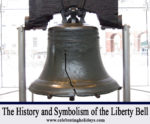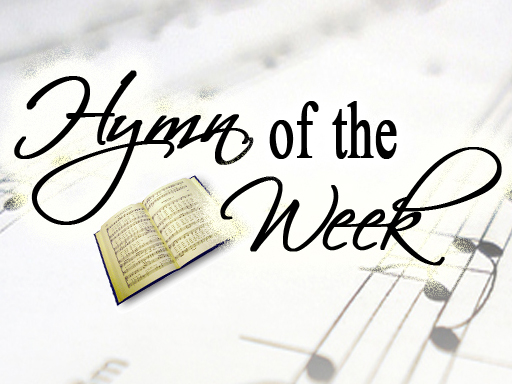Bells
The following text is drawn from our featured Christmas book and is also available for free as audio.
 Bells have long had an intimate association with Christian churches. In many parts of the country today, their ringing can still be heard every Sunday, and throughout the rest of the year for various religious celebrations – one of the most significant of course is Christmas. It comes as no surprise then that bells are a familiar symbol during the holiday season.
Bells have long had an intimate association with Christian churches. In many parts of the country today, their ringing can still be heard every Sunday, and throughout the rest of the year for various religious celebrations – one of the most significant of course is Christmas. It comes as no surprise then that bells are a familiar symbol during the holiday season.
Though bells were used in ancient antiquity and even in the Jewish temple (on the hem of priestly garments), their association with the Christian Church may well have come from an unlikely source – St. Patrick. The famous bell of St. Patrick resides in Ireland, and according to tradition, Patrick, a missionary to the Emerald Island in the 5th century, used it to gather the Irish people together for the teaching and preaching of God’s Word. With time, the bell came to be associated with the Lord’s work and to symbolize something sacred.
As Irish missionaries were sent out into the Western world, they likely made the same use of bells as Patrick, and the people of the West eventually attached a similar religious significance to them. Prior to the influence of these Irish missionaries, it appears that Christians used a variety of other methods to gather together – gongs, trumpets, or drums. However, the Irish bell would ultimately prevail in the Western world, and its shape would follow the same evolution as the bells in Ireland — beginning as a small iron cow-bell and transforming into the large bronze instrument with which we are familiar today.
By the eighth century, bells were viewed as an essential part of the Church. Bell turrets were built, bells increased in size, and many churches had claim to two or more bells.
The ringing of church bells often signaled the time, and many communities depended on the bells in order to attend weddings, funerals or other services at the proper hour. In some cases, the sequence of tones and the number of bells rung could indicate several details about a service or feast that was about to commence. Interestingly, the word “clock” comes from a Medieval Latin word “clocca” which means “bell.”
In summary, bells were used to communicate significant messages. A popular inscription found on bells, and attributed to monks, reads as follows:
“I praise the true God, I call the people, I assemble the clergy;
I bewail the dead, I dispense storm clouds, I do honor to feasts.”
Surely Christmas is one of the greatest and most joyous of all feasts. And, as in Ireland during the time of St. Patrick, the bell still symbolizes the Lord’s work. Let us remember that God’s greatest act in all of history began when he stepped into time as a man for the purpose of redeeming us. Let the bells ring in celebration!
Back to Main Christmas Symbols Page.
We welcome your questions and feedback. If you are seeking information on bells that is not found on our website, please contact us.
This content has a copyright © 2008 by Angie Mosteller. Please cite the source if you use this material: http://www.celebratingholidays.com/?page_id=1524.






